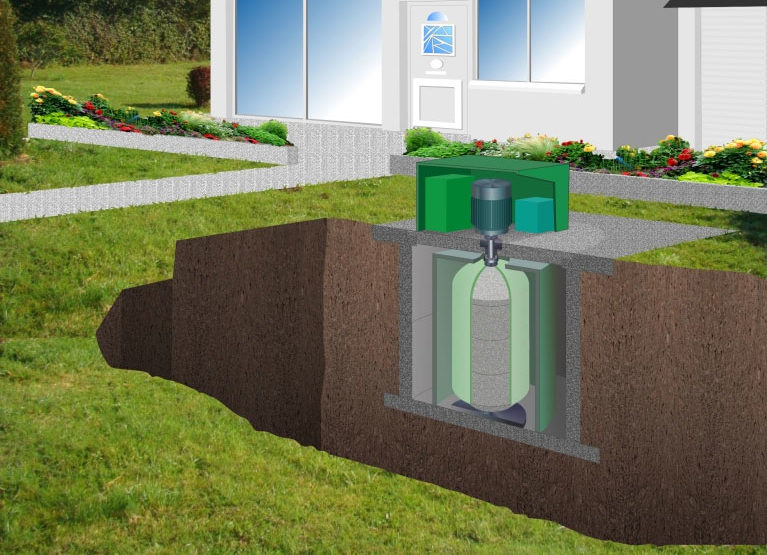In terms of total planned additions/retirements listed by the EIA, and using 2019 Capacity Factors to give 100% CF equivlant generation changes:
| Type | Net MW 100% CF equivalent (using 2019 Capacity Factors) |
| Old (coal, nuclear and others that are generally declining) | -32712.3 |
| Renewable and batteries | 20878.45 |
| Natural Gas | 11858.36 |
| Other | 24.25 |
Not currently anywhere near fast enough, but there's a pretty clear pattern of coal and nuclear capacity replacement by natural gas and renewables, with an increased share of the generation being renewables. This year renewable additions should reduce natural gas generation, but with more coal and nuclear closures planned in the next couple of years, their replacement with natural gas would outweigh the renewable additions.
Note that there's not that much net change planned right now, although some projects are faster to market than others, so there could be less visibility into those in the EIA data.








